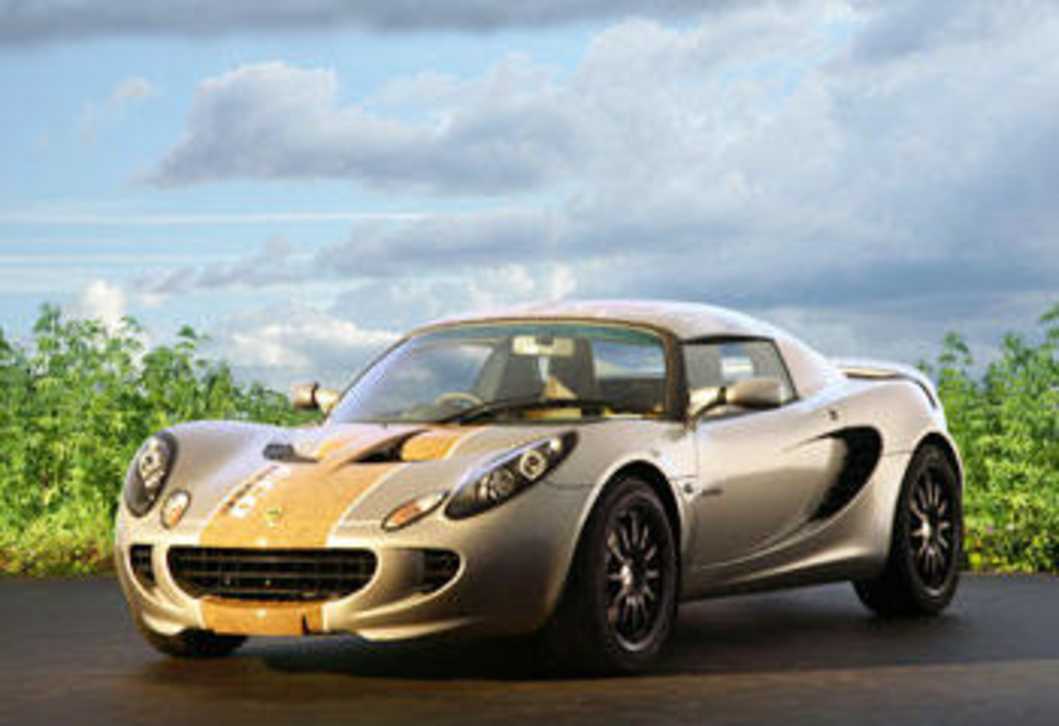Lotus is a car brand known for its innovation, particularly in its philosophy of “performance through light weight” but now it is turning to renewable materials of hemp, wool and sisal as part of its enviro moves.
British-based Group Lotus has developed a show car called the Eco Elise to demonstrate green technology. This includes using materials that can be grown and, when cropped for use, regrown.
If you thought the little Elise two-door sports car was light — it is — then consider that this version has taken 32kg off that weight.
This means less fuel being used and therefore fewer emissions when driving. But Lotus says a green car is more than just C02 emissions from the exhaust pipe: it's about less environmental impact when making the car, choosing its materials and being able to recycle materials at the end of the car's life.
Last year Lotus achieved significant improvements in its business practices, compared with 2006. It cut energy use — electricity by 14 per cent and gas by 30 per cent — and used 11 per cent less water across its headquarters at Hethell, Norfolk.
Hemp technical fabrics are
used as the primary constituent in composite body panels and spoiler. It is said to be a very strong fibre (historically, hemp was used in making rope).
Hemp is a natural resource that needs fairly low levels of energy to process and it absorbs CO2 while growing as a plant through photosynthesis.
The Eco Elise seats are upholstered in biodegradeable woollen fabric “ethically produced” and needing no dye. The colour is created by selecting sheep breeds to produce the wool for the yarn.
Sisal is another renewable crop, here used for the Eco Elise carpets because it is a tough, abrasion-resistant material.
The hemp hard top on the Eco Elise has two flexible solar panels embedded. These convert energy from the sun to power electrical systems, so the car's engine needs to work less to provide such electrical power.
Lotus says using the technology on more panels would make it possible to provide more electrical power, especially on a larger vehicle.
Lotus Elise cars have a red light to advise performance drivers that maximum engine revs are approaching and it's time to quickly shift up a gear. The Eco Elise also gets a green light in the instrument panel — to suggest that a higher gear can be selected to save fuel and reduce emissions.
The Lotus Paint Facility in partnership with Du Pont has developed a water-based paint system, catering for primer, colour and lacquer. It's said to be the first time it's possible to hand spray a top-quality production paint finish with water base. It has benefits of giving off less solvents and uses less energy due to the lower temperature for curing. It's anticipated such paint technology will be available for production cars soon.
Other than lighter weight components — even the audio system is revised to shed 1.3kg — special lightweight wheels have been created. Each saves nearly 4kg over the usual Elise wheel.
Lotus sells normal Elise sports cars here from $69,990 for the S with its 1.8-litre engine of 100kW power.


.jpg)


.jpg)








.jpg)

.jpg)





.jpg)
.jpg)





Comments